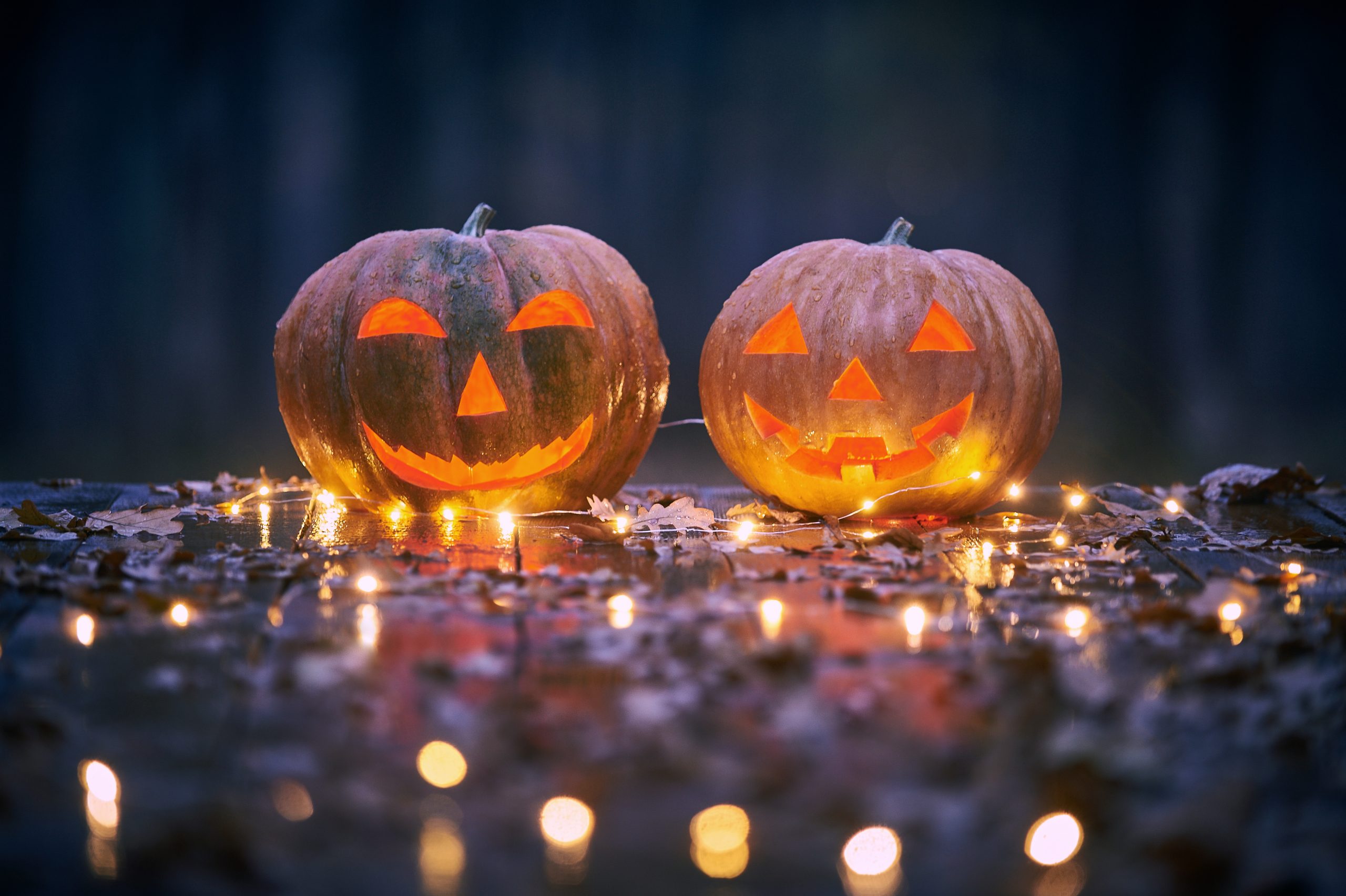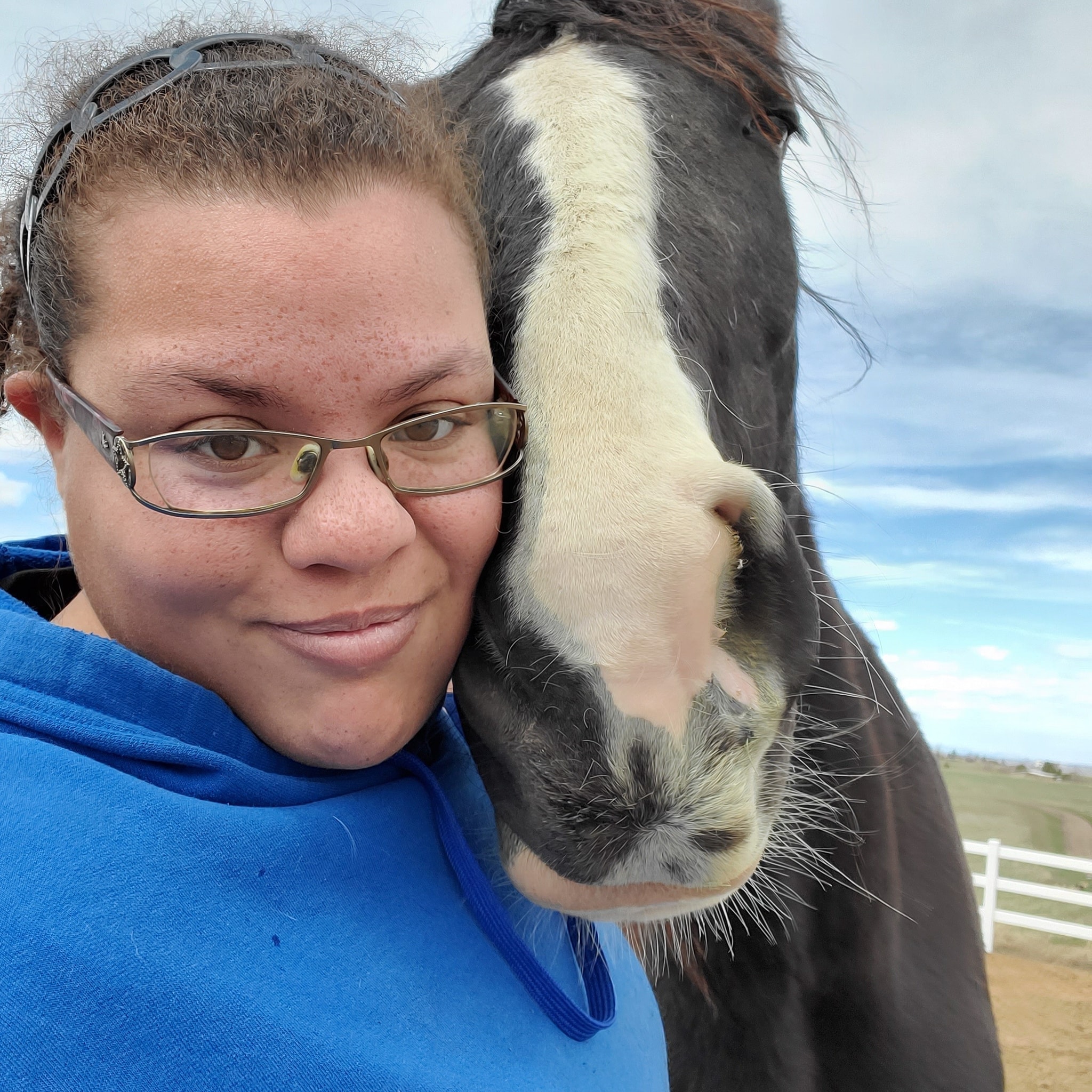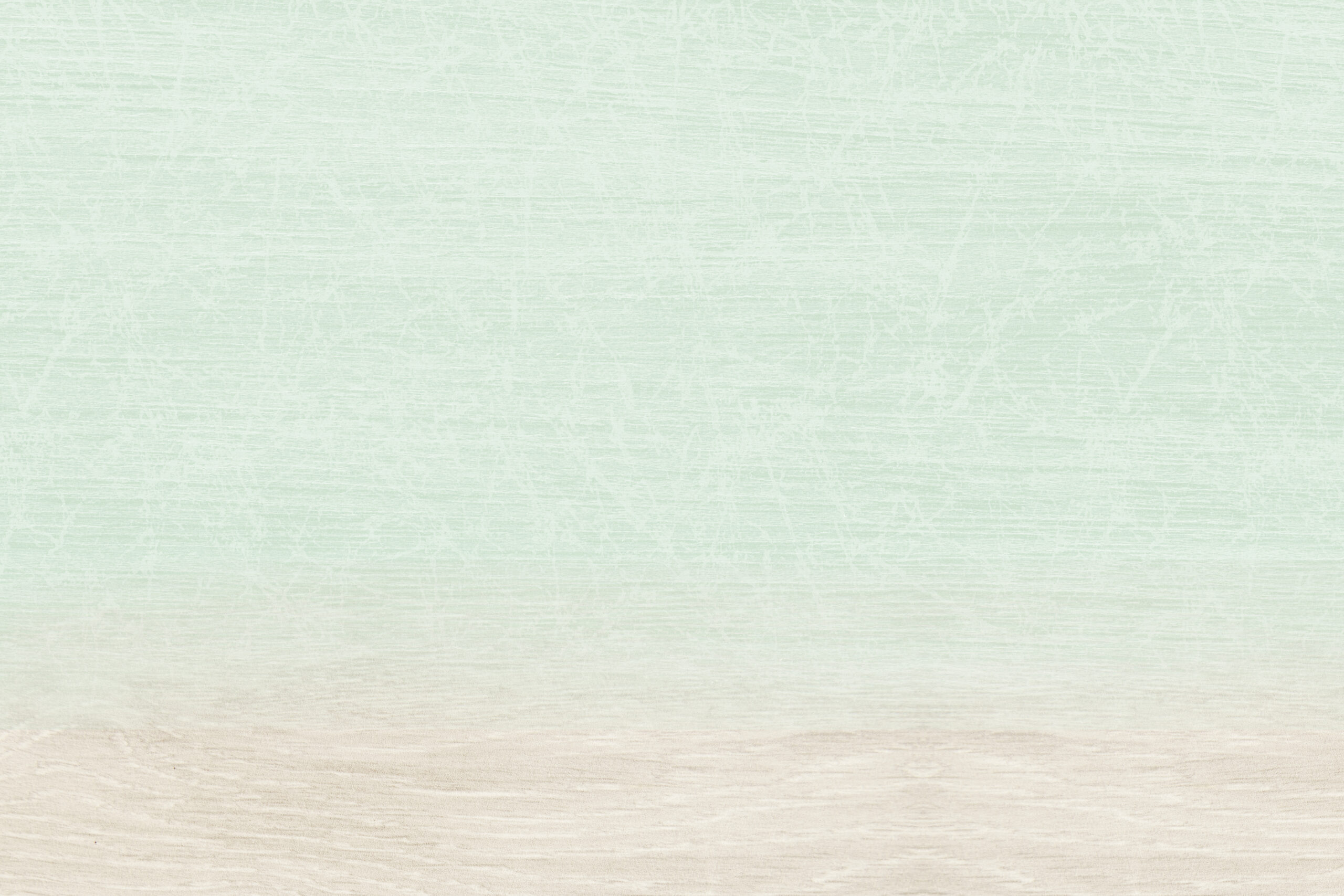As we approach Samhain and the thinning of the veil, we begin thinking about those we have lost and our ancestors. When I do any magical work at Samhain, especially my altar, I tend to divide it into different sections. One area is dedicated to my ancestors, another is dedicated to my Beloved Dead; but what do I mean by Ancestors and Beloved Dead?
What does Ancestors Mean?
According to the Oxford English Dictionary an ancestor is “a person, typically one more remote that a grandparent, from whom one is descended”, but for me something doesn’t sit right because while by mum’s grandparents aren’t that far away from my generation, I never knew them so for me, I would call them immediate ancestors because they are still close to me – my great Grandma died around 1970 (I was born 17 years later). With my ancestors I have two distinctly different heritages, Celtic (Welsh) and Germanic, and when I am creating an ancestral altar, I take this into account. When I leave offerings, I like to try to do something that would be appropriate for both, or each individually.
What does Beloved Dead Mean?
Throughout the year we honor the memory of our family, friends and pets that are no longer with us, and Samhain is a time when this is almost solely focused on this. It can be a very somber time, but I also believe it is a time to celebrate their lives and the part they played in your life. When I refer to my beloved dead, I am referring to people and animals that I have personally known and had a relationship with – whether the relationship be short or long, they still became part of my life story. For example; my six grandparents, my biological father, other family members, my three felines, two guinea pigs, and friends from school, work or socially. These are the people and animals whose transition had an effect on me personally. Last year we lost a neighbor and friend just before Samhain, so this loss played a big part in last year’s feats and rituals.
What if you don’t know?
This is something that can be very difficult for some, especially if they do not know their families or where they descended from. My advice here takes a few avenues, and you have to choose which you are comfortable with – don’t do anything you aren’t comfortable with or prepared for. Route one is to do research and find out where you come from, or at least where you descended from. Route two is to simply leave an offering “to those from which my blood runs” or “ancestors from which I descend.” When it comes to your beloved dead, like I mentioned, they are people and animals that have had an impact on your life, and you don’t have to be related to any of them, the word loved is the important part here.
Creating Rituals and Altars for Samhain
When I create my altars (there is usually more than one) I try to brainstorm what I want it to look like, but when I am actually building it that plan is thrown away and I go intuitively with what feels right. While aesthetics are important to some, for me it is all about the connection and celebration not whether or not it looks pretty. Sometimes my altars are a jumbled mess because that is where I have been guided, while at other times there is a minimalist feel, both are right. One of the other rituals that is always part of my Samhain celebrations is a Silent Supper – this is where a meal is eaten in silence and a place setting and plate is made as an offering for those who you are honoring. When I am making the meal, I say prayers and add blessings for the future but I always make sure there is something for the pets I have lost as well. They have a special bowl to eat out of as well.



